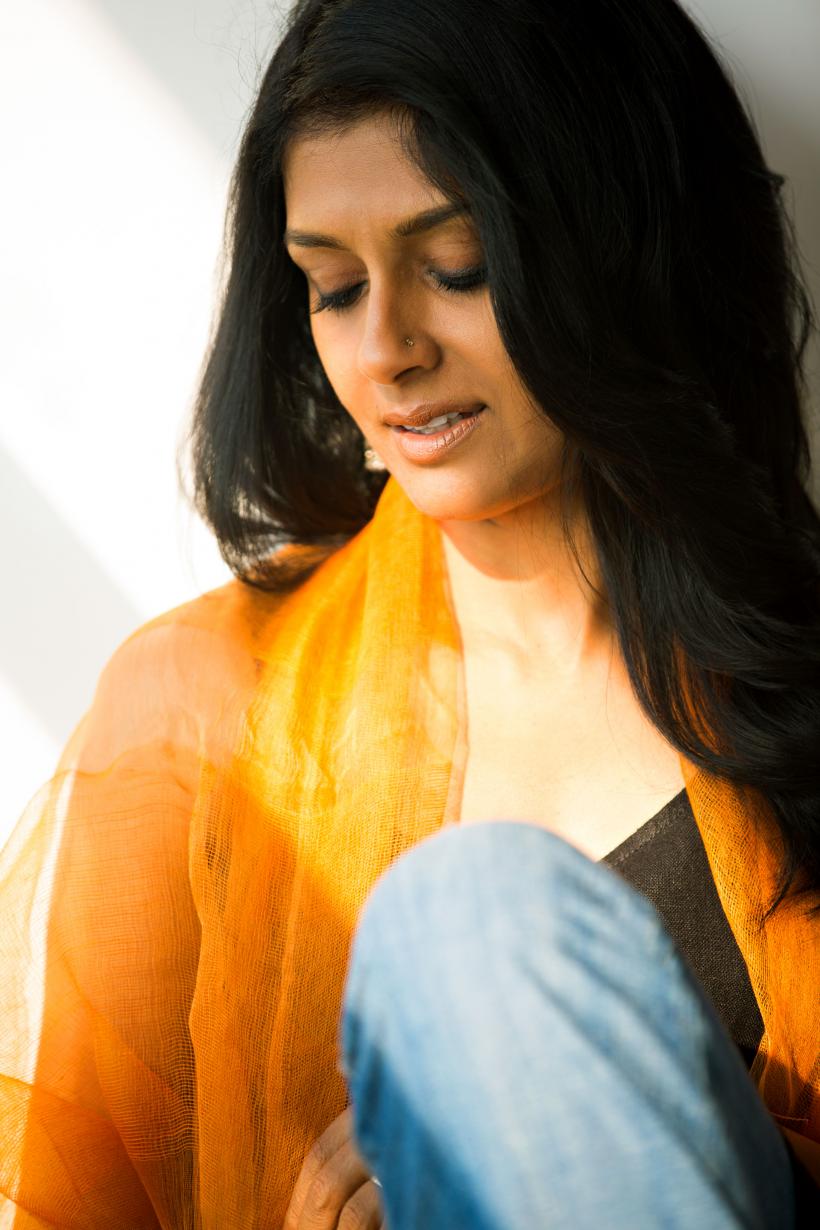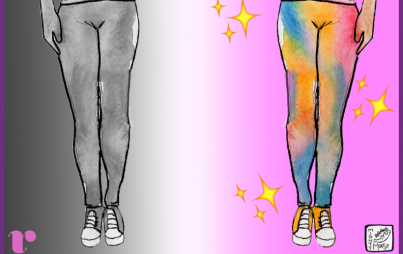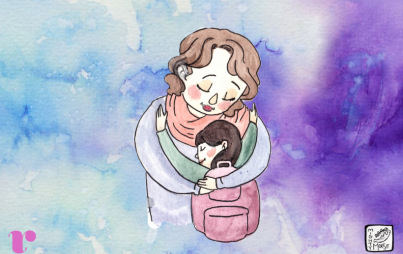
Nandita Das is a versatile artist with a powerful presence both on and off screen. Known to most as an actress (she's appeared in over 30 films spanning 10 different languages), she's also an influential activist and human rights advocate.
Born to a renowned painter father and writer mother, Das grew up in Delhi, and received a bachelor's degree in geography and a master's in social work. Recently, she returned to India after participating in the 2014 Yale World Fellows Program—a signature global leadership development initiative of Yale University.
As an artist, Das got her start with the theater group Jana Natya Manch, and became known as a distinguished character actress in movies including Fire, Earth, Bawandar, and Before The Rains. Her maiden directorial venture, Firaaq, traces the emotional landscape of Gujarat, India, in the months following the riots of 2002. It premiered at the Toronto International Film Festival and was screened at many other film festivals, winning several awards along the way.
To name just a few of her accomplishments, Das has served as a member of the main jury at the Cannes Film Festival; been bestowed with the French government's award of Knight of the Order of Arts and Letters; was the first Indian to be inducted into the Hall of Fame of the International Women's Forum in Washington D.C.; and has served as the chairperson of the Children's Film Society in India. She was also a member of the Advisory Board of the Alliance for a New Humanity, which was chaired by the eminent Deepak Chopra and included Nobel Laureates Oscar Arias and Betty Williams.
We spoke with the very busy Das about her work in the arts and advocacy . . . and how the two inform one other.
CinePlay, your latest project, is about capturing theater in film form. What challenges did you face in adapting theater content into a movie format? What’s your goal with this project?
CinePlay is a vehicle—a means to connect more people to great stories and performances from theater. I feel that this new concept will help theater artists and producers who constantly struggle with finances and new venues. As we expand the reach and influence of theater, we hope to see more and more people benefiting from this initiative. CinePlay intends to support the theater community with a new source of distribution, reaching new audiences across the world and creating an archive for future use. There is lots that is being done to further art forms, but very little of theater is being archived and catalogued, so I am glad my husband, Subodh, thought of this. I am supporting the initiative.
You were on the jury at the Cannes Film Festival in 2005 and at the Karlovy Vary International Film Festival in 2007. How would you compare these experiences—and what did you learn from them?
I look back on the Cannes experience as an important milestone in my understanding of film as an art form that fascinates more people in the world than any other. I will remember this experience as a moment in my life where my perspectives on film, life in general, and the world in transition all shifted to a broader understanding.
I was privileged and delighted to be a jury member at Cannes. It not only gave me the opportunity to view some fabulous films, but also to discuss them with amazing co-jurors. It was a real honor to be on the jury. Apart from that I had the pleasure of interacting with other directors, actors, and producers.
A film festival is not about who wears what, but how the mind gets stimulated and opens to new ideas. It is about expanding one’s understanding of films and growing with new ways of looking at life. These experiences are always such a learning experience, subconsciously shaping one’s own way of thinking and expression.
Firaaq, your directorial debut, has been a huge success and won many awards. What was it like stepping behind the camera as a director? And what are your future directorial plans?
Direction certainly excites me, and now I am again looking forward to it. For almost a year, I have been researching a period story set in India in the 1930s and '40s. I was looking at that film as my next directorial project. It's an intimate, personal story of one man's journey with an epic canvas. There is also a Australian project that I am excited about. For now, I'm just concentrating on the scripting part, and two projects simultaneously is more than I can handle.
You are a poster girl for the “Dark is Beautiful” campaign. How do you define beauty—and who are some women you consider beautiful in this sense?
This campaign was launched by an organization called Women of Worth, [a women's right organization] headed by Kavitha Emmanuel. I got to know about them when she contacted me to lend support to the campaign. Of course I was glad to, as it’s a discrimination that is rampant, across class and region and now, even gender! Too many young girls and now boys are losing their confidence purely because of a prejudice that discriminates. They are being made to feel unworthy, inadequate, unacceptable. The imagery all around them is perpetuating and promoting this stereotype. So while it was all around me, I had not given it focused attention until I started supporting the campaign. Beauty lies in the eye of the beholder. We must be taught to value people for who they are; not every society has elements of negative conditioning.
I have always been very outspoken about this issue, but until recently it was more informal. The issue of dark skin would always pop up in the many things I did, but it didn’t take center stage. I am glad that such a campaign has been launched and that I am able to add my voice to it. I believe it is important to speak up and add one’s voice to campaigns that are impactful. Even though we all are nothing but a drop in the ocean, we do need every drop to fill it!
What are your thoughts on the connection between art and social awareness?
While art cannot create revolution, it has a way of influencing our subconscious and impacting our responses, and that is a powerful tool. We can only do our little bit, and even if it is nothing more than a drop in the ocean, I strongly believe that each one of us can add these droplets and fill the pot.
The kinds of films I do don’t get a wide audience. I wish they did. As for their impact, I would say, it is very hard to judge for it is not something that one can quantify.
It is only now and then, that one gets a glimpse of how a film has changed a person’s life. Take Firaaq. So many people came forward saying that they could identify with Sameer [one of the Muslim characters in the film]. Also, shortly after its release, I got a long email from an Indo-Pakistani couple, who were very touched by the film. Because of the pressures from their families, because of the religious prejudices of society, they were thinking of separating, but they wrote that after watching Firaaq, they realized that if I had the courage to make such a movie, then they should have the courage to stay true to their love, despite all the opposition. And just recently, I got a short email from them again saying that they are doing well in their relationship and that they have a child now.
Take Fire: This and other films on homosexuality, a taboo subject in our society, have helped lead, down the years, to homosexuality being finally de-criminalized by the government.
my parents are just regular, humanist, secular people with no "ism"s, but if art can have a social consciousness, it’s even better, even if it is a drop in the ocean.
You have served as chairperson for Children's Film Society of India (CFSI). What are your observations?
My tenure with the CFSI was both challenging and fulfilling. Also it has been a learning experience in terms of understanding this space of children’s cinema and what working with the government entails. I have tried to make many big and small changes. For the first two years they were mostly systemic, so they could have lasting impact, beyond the individual. Also I have focused on expanding the CFSI family by inviting a lot of people to participate in the various processes of making the organization more vibrant. The children’s films space is still not explored enough.
Have you faced gender bias as an actress and a director? If yes, how do you cope with it?
While directing Firaaq, many asked me how is it to be a woman director. But when you direct, you do not think about whether you are a woman or not. This is a typical mindset that a woman faces when she tries to break barriers. The fact that I am a woman comes with the idea that there is a different way I look at things.
A lot of my feminist friends have said they were surprised that I did a film on a subject which was not women-oriented. But as a woman, we get impacted by different issues, and we react differently to different issues. When I did Firaaq, there were also instances where people told me that they could make out that a woman had directed the film.
What would you advise young talented women of today who aspire to enter the film/media industry?
Be yourself and be comfortable in your skin. Don’t let anybody rob you off your self-esteem. Focus on your interests and talents and do things that make you happy, instead of making your looks the focal point of your identity. Let your attitude and behavior define you and not just whatever you are born with.




